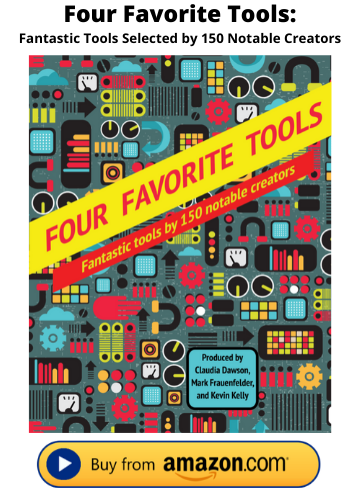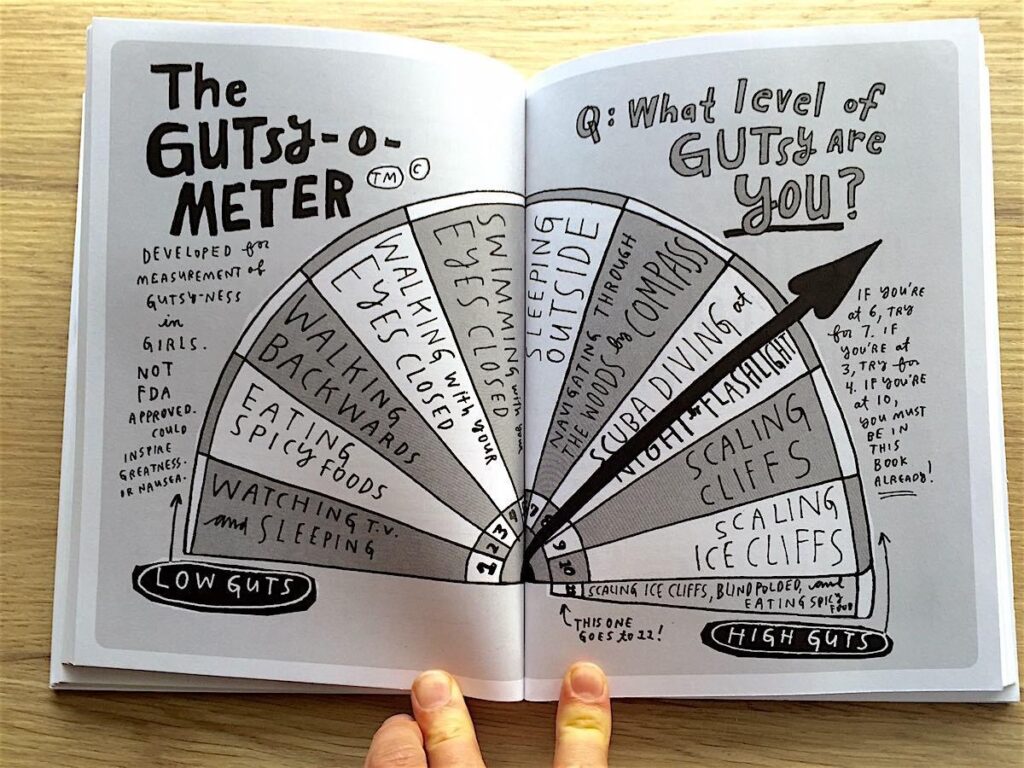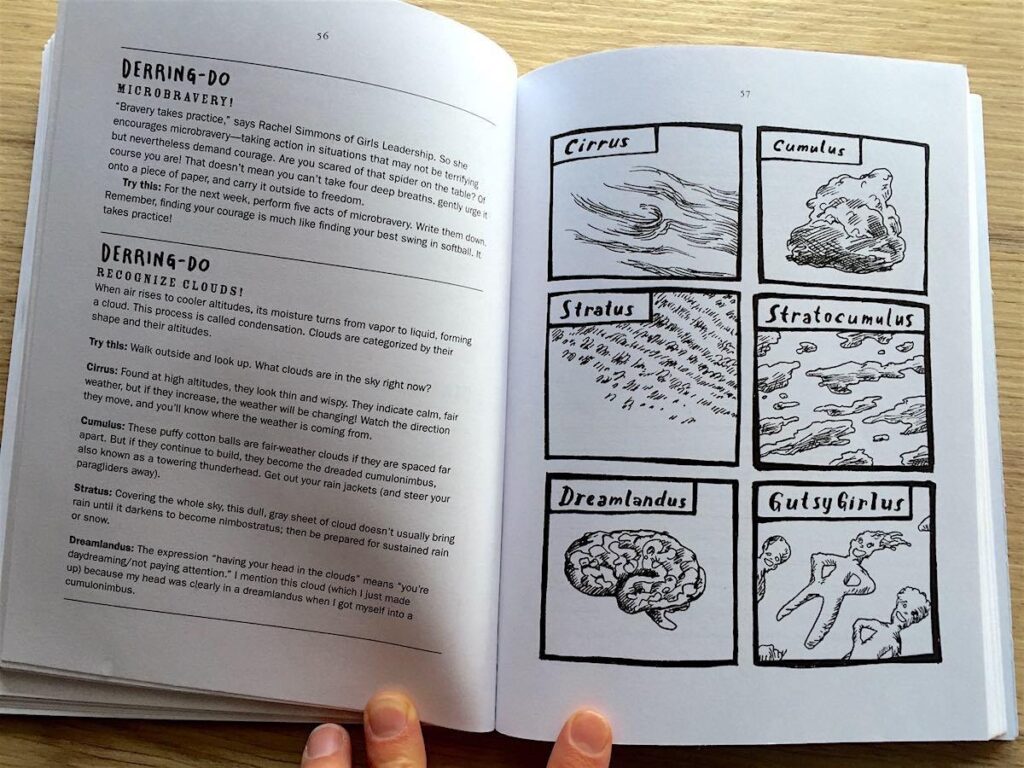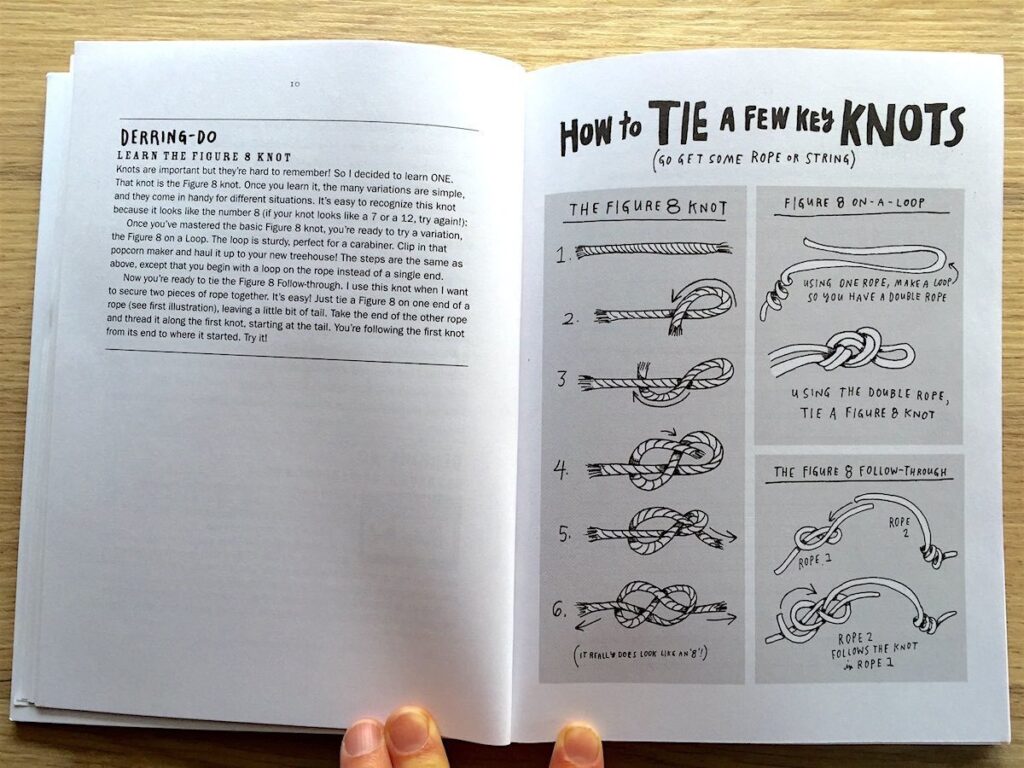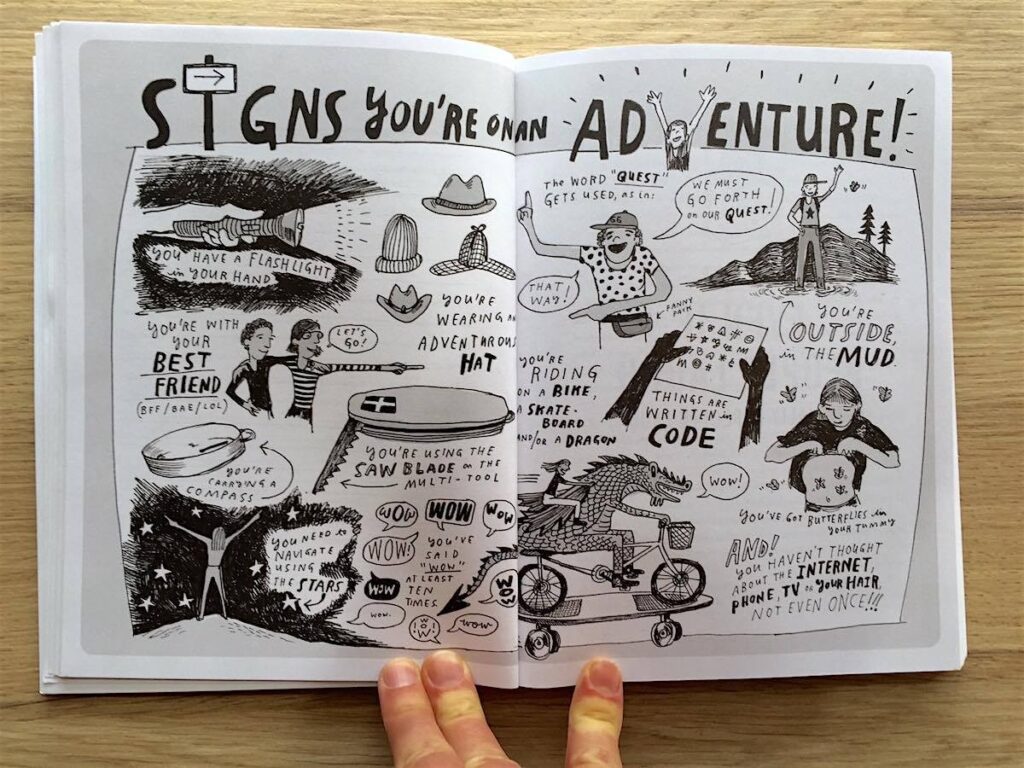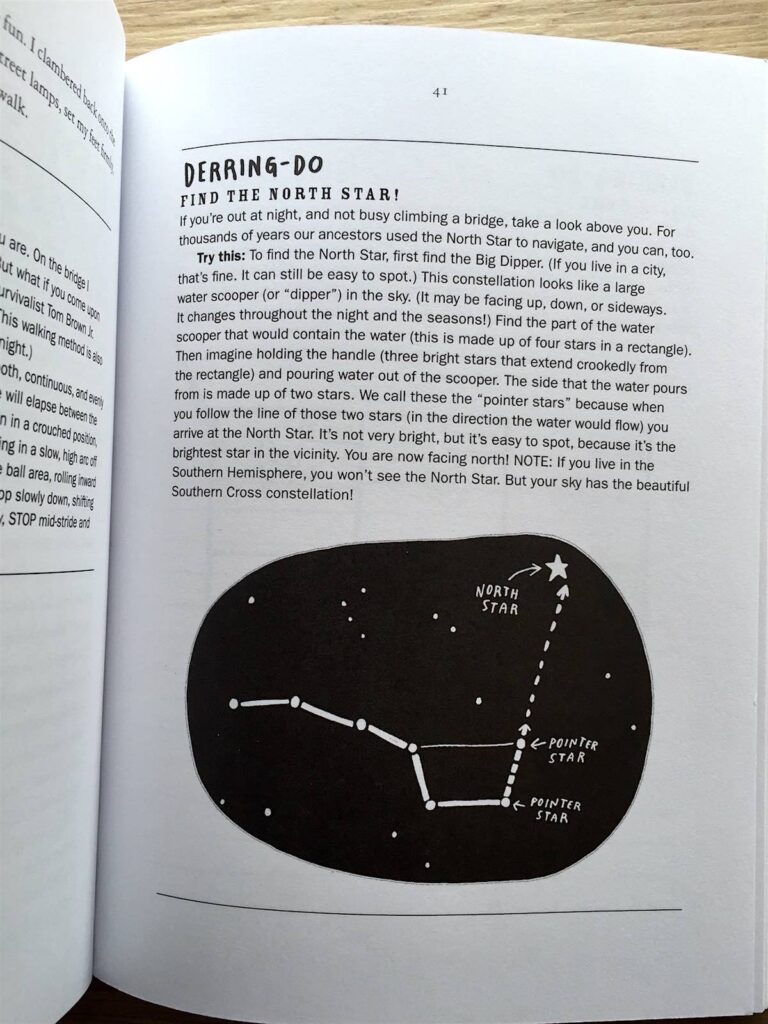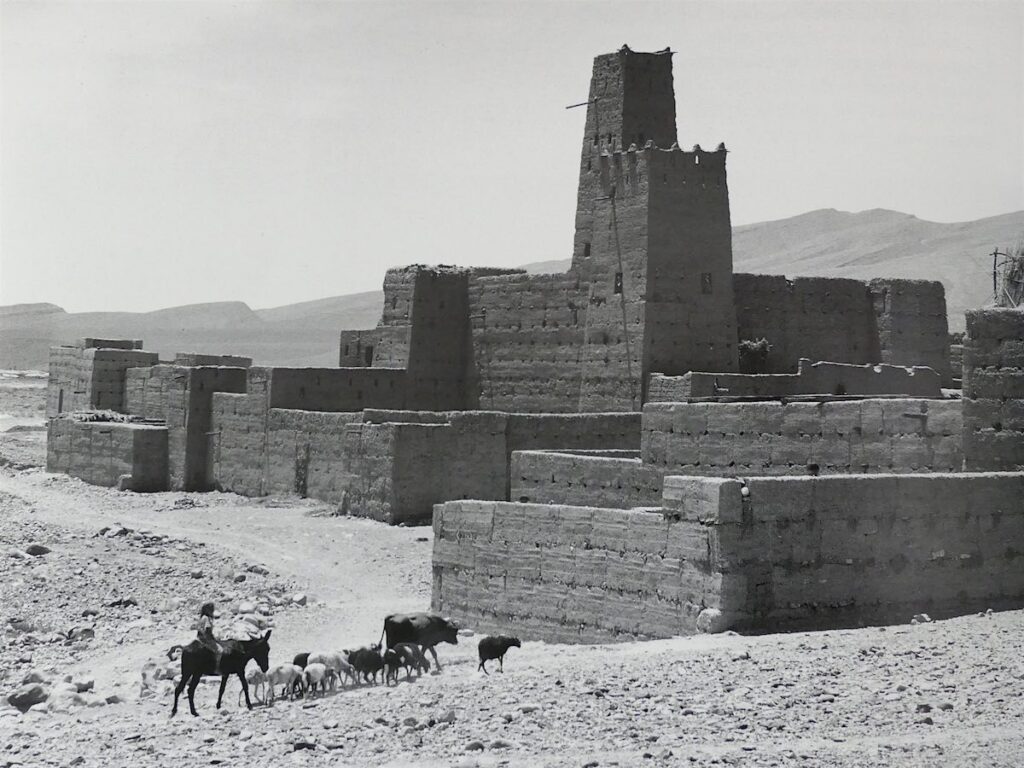Book Freak 179: Carl Sagan’s guide to critical thinking
Advice from The Demon-Haunted World

In The Demon-Haunted World, Carl Sagan makes the case for science and critical thinking as essential tools for human progress and survival. The book is a celebration of scientific inquiry and a warning about the dangers of uncritical thinking, pseudoscience, and superstition. Sagan argues that science is more than a body of knowledge; it’s a way of thinking — a candle in the dark that helps illuminate truth and dispel falsehoods.
Four key pieces of advice from the book:
Use the Baloney Detection Kit
“In the course of their training, scientists are equipped with a baloney detection kit. The kit is brought out as a matter of course whenever new ideas are offered for consideration. If the new idea survives examination by the tools in our kit, we grant it warm, although tentative, acceptance. If you’re so inclined, if you don’t want to buy baloney even when it’s reassuring to do so, there are precautions that can be taken; there’s a tried-and-true, consumer-tested method.
“What’s in the kit? Tools for skeptical thinking.
“What skeptical thinking boils down to is the means to construct, and to understand, a reasoned argument and, especially important, to recognize a fallacious or fraudulent argument. The question is not whether we like the conclusion that emerges out of a train of reasoning, but whether the conclusion follows from the premises or starting point and whether that premise is true.”
Question Authority
“One of the great commandments of science is, ‘Mistrust arguments from authority.’ (Scientists, being primates, and thus given to dominance hierarchies, of course do not always follow this commandment.) Too many such arguments have proved too painfully wrong. Authorities must prove their contentions like everybody else. This independence of science, its occasional unwillingness to accept conventional wisdom, makes it dangerous to doctrines less self-critical, or with pretensions to certitude.
Test Your Hypotheses
The reliance on carefully designed and controlled experiments is key. We will not learn much from mere contemplation. It is tempting to rest content with the first candidate explanation we can think of. One is much better than none. But what happens if we can invent several?”
Maintain Wonder While Being Skeptical
“At the heart of science is a balance between two seemingly contradictory attitudes – an openness to new ideas, no matter how bizarre or counterintuitive, and the most ruthlessly skeptical scrutiny of all ideas, old and new. This is how deep truths are winnowed from deep nonsense.”
04/23/25



